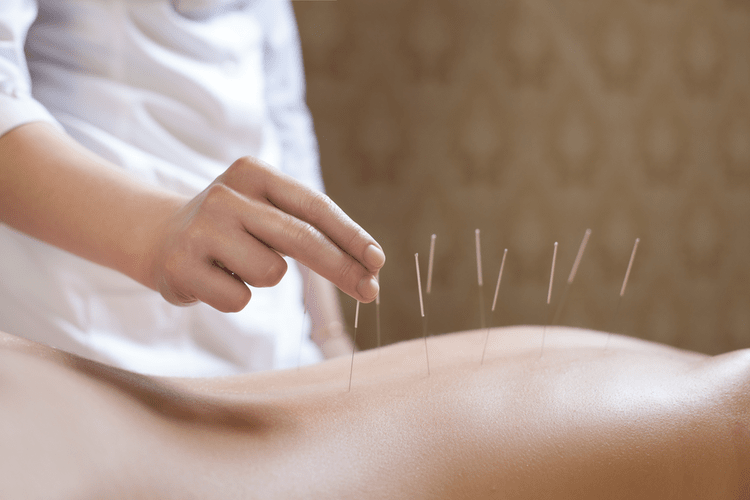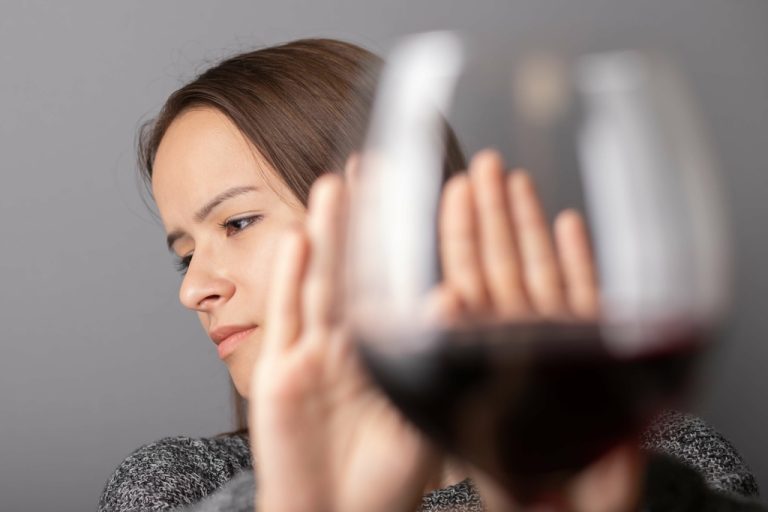Alcohol and Dopamine Does Alcohol Release Dopamine?
Patients with schizophrenia are also highly likely to suffer from alcohol abuse due to their tendency to devalue negative consequences and overvalue rewards [21]. In this study, it was shown that alcohol dependency comes with a 4-times increase in the risk of developing a major depressive disorder. Thiamine deficiency in alcohol dependence occurs because of poor absorption of thiamine from the GI tract, impaired thiamine storage and reduced thiamine phosphorylation https://zgjoker303.biz/2023/12/13/experience-the-thrill-of-gaming-with-the-latest-revolution-valorant in the brain, reducing the amount of active thiamine in the brain. Naltrexone is an opiate-receptor antagonist and has been shown to limit cravings by reducing the positive reinforcement effect of alcohol consumption. Alcohol dependence is characterised by deficits in the physiological dysregulation of motivation and reward systems, such as those in the limbic system, hippocampus, amygdala, caudate nucleus, frontal lobe and nucleus accumbens.
- These findings were later corroborated by studies showing that rats favoured electrical stimulation in the same specific brain regions, over natural rewards [10].
- Researchers are also investigating whether drugs that normalize dopamine levels in the brain might be effective for reducing alcohol cravings and treating alcoholism.
- Alcohol dependence is characterized by a disruption in the reward‐related brain areas including fewer dopamine D2 receptors in ventral striatum.
- To date, there are three medications approved by both the European Medicines Agency (EMA) and the Food and Drug Administration (FDA) for the treatment of alcohol dependence; disulfiram, naltrexone and acamprosate.
- Some doctors question their IBD patients about alcohol consumption and counsel them on the problems drinking can cause.
Investigating Alcohol’s Effects on Memory

Clinical Pearl – Only 20% of patients may show the full triad in clinical practice. Acetaldehyde is a highly reactive compound that reacts with several catecholamines (i.e. dopamine and serotonin) in the brain. You can read more about the neurobiological basis of https://www.feldsher.ru/dispetcher/podstantsii/?arrFilter_ff%5BNAME%5D=&arrFilter_pf%5Bcity%5D=&arrFilter_pf%5Breg%5D=&set_filter=Y addiction in a previous post we covered. “Doing something small that you enjoy and purposefully connecting that act to an accomplishment or something wonderful you notice tells your brain that something great is going on and that you’re driving it,” says Peterson.
Substance Use Disorder and Addiction
One study from the University of Pittsburgh found a correlation between time spent scrolling through social media apps and negative body image feedback. Those who had spent more time on social media had 2.2 times the risk of reporting eating and body image concerns when compared to their peers who spent less time on social media. Everything from physical appearance to life circumstances to perceived successes are scrutinized and processed by users. The need to gain likes on social media can cause teens to not only alter https://www.errefom.info/2020/04/26/page/3/ their appearance but also to make choices they would otherwise not make, including accepting risky social media challenges and engaging in negative behaviors. The phenomena of social media addiction can be largely attributed to the dopamine-inducing social environments that social networking sites provide. Social media platforms such as TikTok, Facebook, Snapchat, and Instagram produce the same neural circuitry that is caused by gambling and recreational drugs to keep consumers using their products as much as possible.
- The impaired judgment you have when drinking alcohol may cause you to think that you can still drive, regardless of your BAC.
- Various neurotransmitters have been implicated in alcohol addiction due to their imbalance in the brain, which could be either due to their excess activity or inhibition.
- Collectively, these data indicate that dopamine plays a central role in reward, motivation and planning.
Summary of findings
In the absence of alcohol, the reduced activity of inhibitory GABA neurotransmission might contribute to the anxiety and seizures of withdrawal. These symptoms are treated, at least in part, using medications that increase GABAA receptor function, such as diazepam (Valium) and other sedatives. The compensatory changes previously described might be involved in the development of alcohol-related behavior.
- Because the brain is adaptable and learns quickly during adolescence, and because alcohol is such a strong reinforcer for adolescents, alcohol use is more likely to be repeated, become a habit, and eventually evolve into a problematic drinking pattern that may lead to AUD.
- “Alcohol consumption can trigger or intensify hot flashes and night sweats,” she says.
- Different alleles of the genes in the various pathways are being studied in different population groups across the world.
- Taken together, preclinical evidence indicates a key role for dopaminergic pathways in mediating responses to alcohol-related cues [23,24,25].
Reinforcement and Addiction


Join The Discussion